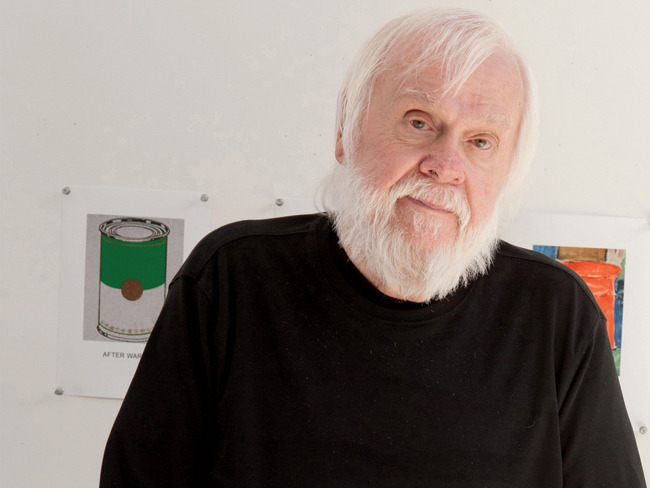The perennially quotidian but important issue of museum labels has cropped up into several conversations I’ve had lately. That put me, for the most part, in mind of some quotes from an artist, none other than that conceptual artist and sometime prankster John Baldessari.
 There’s little questions that some museums have dumbed down their labels of late. Granted, people seem to know less and less about art, even as museum attendance seems to be growing. (That may be because there’s so much more to know and to learn about art, what with more museums showing increasingly broad and diverse offerings). For prime evidence of the dumbing down, though, look no further than the Copper Hewitt Museum in Manhattan. I was there a week ago to view Provocations: The Architecture and Design of Heatherwick Studio. Heatherwick’s work is original, innovative and fascinating. But neither the show nor the labels do him justice.
There’s little questions that some museums have dumbed down their labels of late. Granted, people seem to know less and less about art, even as museum attendance seems to be growing. (That may be because there’s so much more to know and to learn about art, what with more museums showing increasingly broad and diverse offerings). For prime evidence of the dumbing down, though, look no further than the Copper Hewitt Museum in Manhattan. I was there a week ago to view Provocations: The Architecture and Design of Heatherwick Studio. Heatherwick’s work is original, innovative and fascinating. But neither the show nor the labels do him justice.
We’ll stick to the labels here, which are framed as questions. Probably meant to be engaging, to involve viewers, they instead are condescending. The museum feels like a kindergarten.
Where is the line, when does a label cross from being informative to being condescending (or even insulting)? Here’s what Baldessari said when he was in New York for his exhibit at the Metropolitan Museum in 2010. As Reuters related it:
“I don’t think they (visitors) need any preshow counseling,” the 79-year-old artist, who was dressed in all-black with a scraggly white beard, told reporters at a preview of the show.
Baldessari is often described as a conceptual artist. Critics regularly refer to Salvador Dali and Marcel Duchamp when describing his humorous, usually colorful creations packed with pop culture references.
But Baldessari said his art is accessible to anyone who visits the museum.
“I don’t think you really have to spoon feed the viewer,” he explained. “You just have to give them something to hang on to and they can begin to unravel it themselves. It’s kind of like reading a detective story, you get a clue, you follow that.”
He’s right, I think.
Now, on a related issue, brought to my attention by an RCA reader, I ask your help: Have you been in museums recently that have removed labels altogether? I’ve written in The Wall Street Journal and here about the Worcester Museum of Art, which removed the labels in its Old Master galleries. The public didn’t like it. But theory is that this forces the visitor to look at the art, rather than the label.
I’d love to know of additional examples. Please leave a comment or send a message to me via the “Contact” link at the top of this website.
